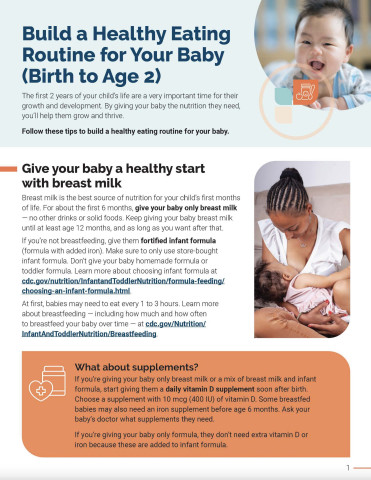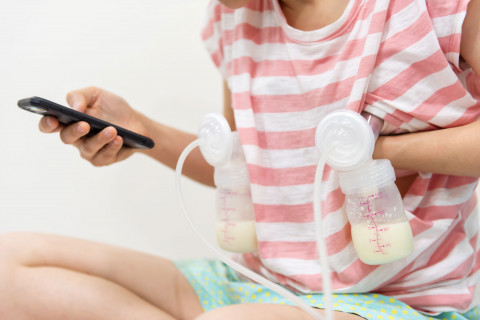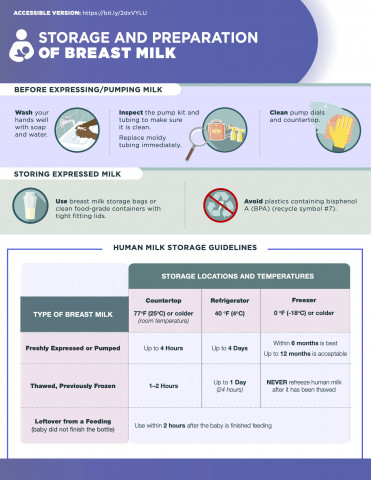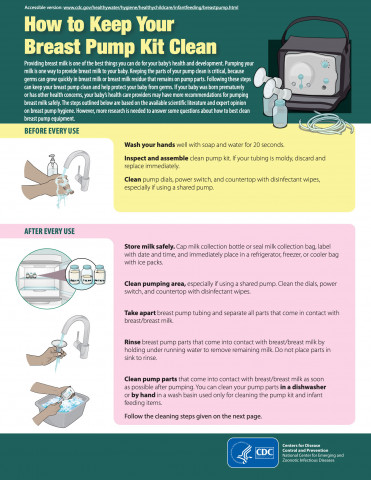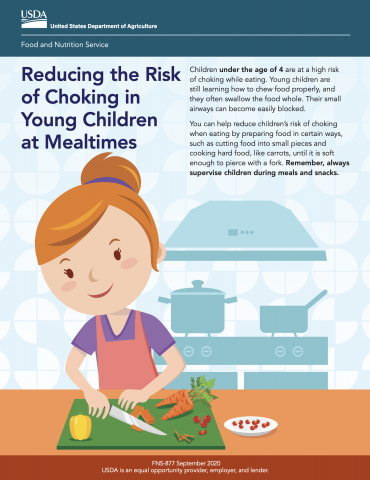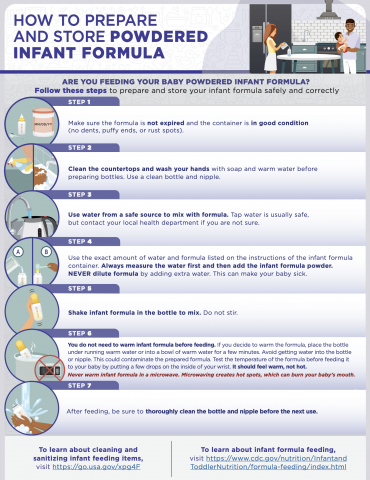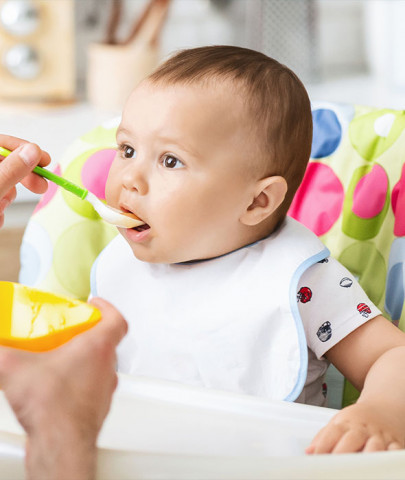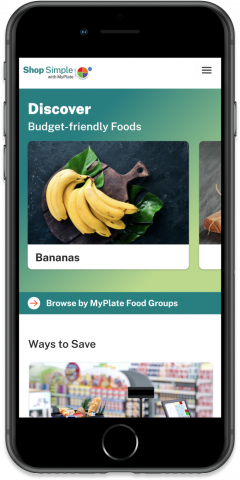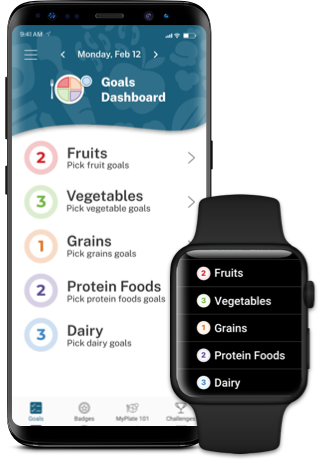Infants
Start your infant off on the path of lifelong healthy nutrition.
The first year of a child's life is very important time for proper growth and development. Since infants eat and drink such small amounts at this stage, it’s important to make every bite count!

Around 6 Months
- At about 6 months, infants will begin to show signs that they’re ready for solid foods. Every child is different. Here are some signs to look for:
- Being able to control their head and neck
- Sitting up alone or with support
- Bringing objects to their mouth
- Trying to grasp small objects, such as toys or food
- Swallowing food rather than pushing it back out
- Foods to avoid that can be a choking risk for young children include hot dogs, candy, nuts and seeds, raw carrots, grapes, popcorn, and chunks of peanut butter. Take steps to decrease choking risks by:
- Offering foods in the appropriate size, consistency, and shape that makes them easy to chew and swallow
- Making sure the infant is sitting up in a highchair or other safe, supervised place
- Ensuring an adult is supervising at mealtimes
- Not putting infant cereal or other solid foods in an infant’s bottle
- Avoid feeding infants any foods that contain raw or cooked honey. Honey can contain the Clostridium botulinum organism that could cause serious illness or death among infants. Also avoid unpasteurized foods or beverages, such as unpasteurized juices, milk, yogurt, or cheeses, as they could contain harmful bacteria.
- Avoid raw (uncooked) foods and wash fruits and vegetables thoroughly before feeding them to your child.
MyPlate Tips on Alexa
Get MyPlate nutrition information straight to your home on your Amazon Alexa smart speaker, or on your phone or tablet via the free Amazon Alexa app. For more information, visit our MyPlate Alexa page.
Below are some of the many tips available for parents and caregivers on what and how to feed your baby. And just like the MyPlate.gov website and MyPlate tools, all of the information provided by MyPlate on Alexa is based on the Dietary Guidelines for Americans, 2020-2025.
Resources

MyPlate on Alexa
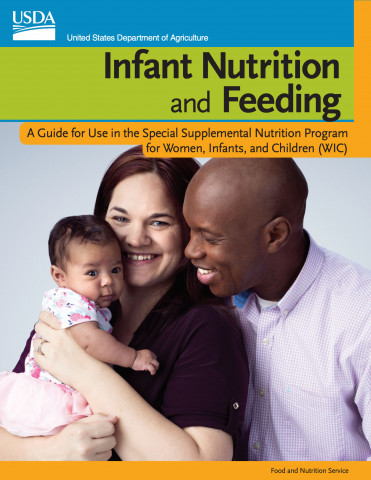
Infant and Nutrition Feeding Guide



